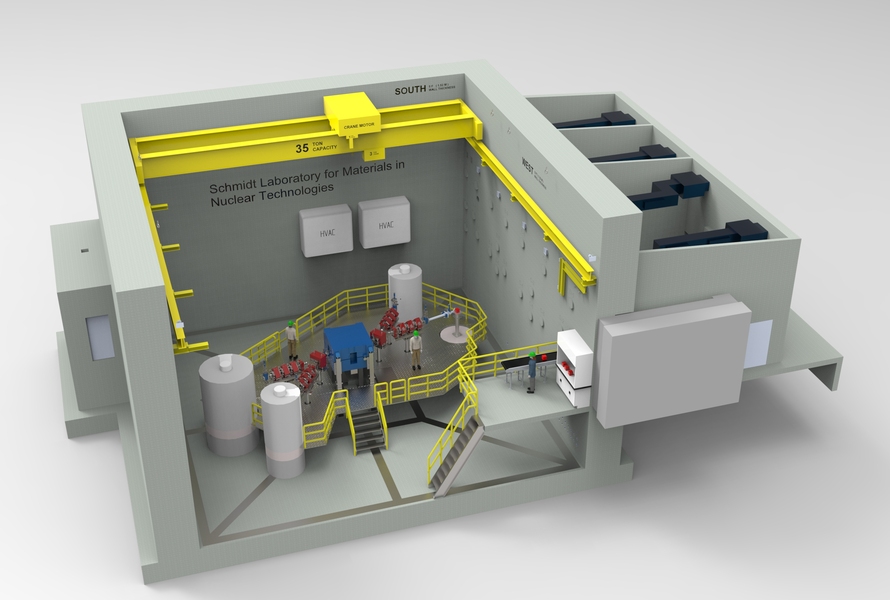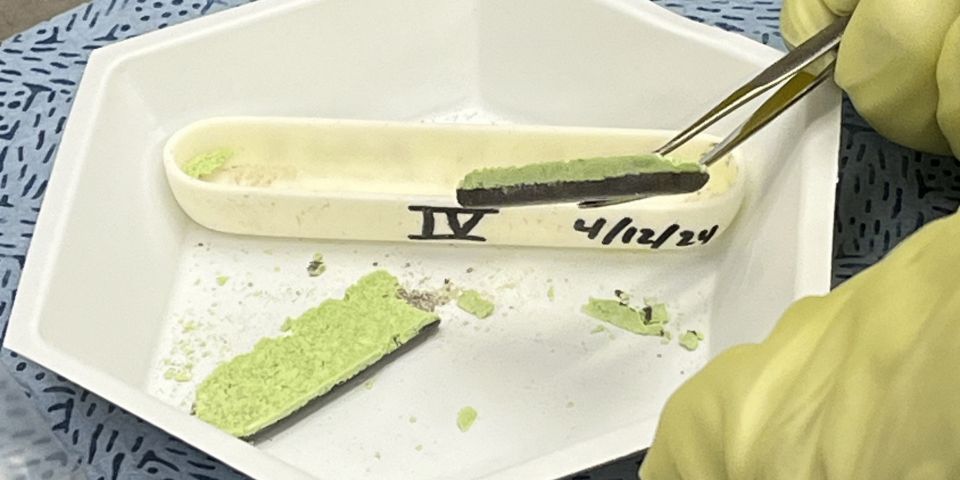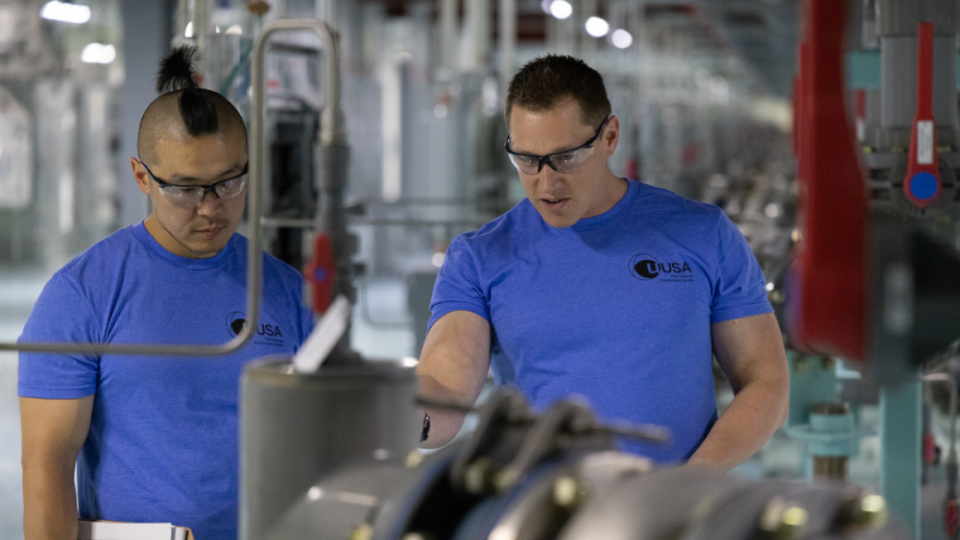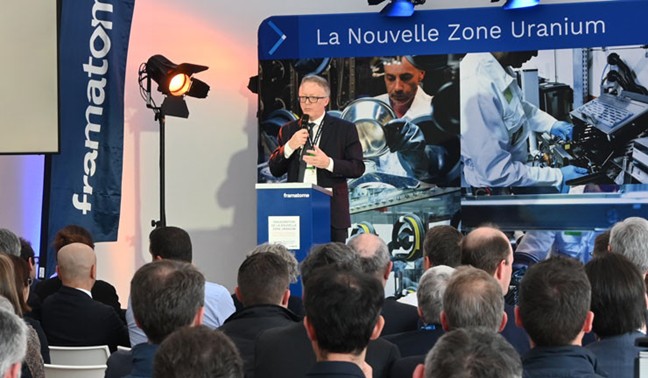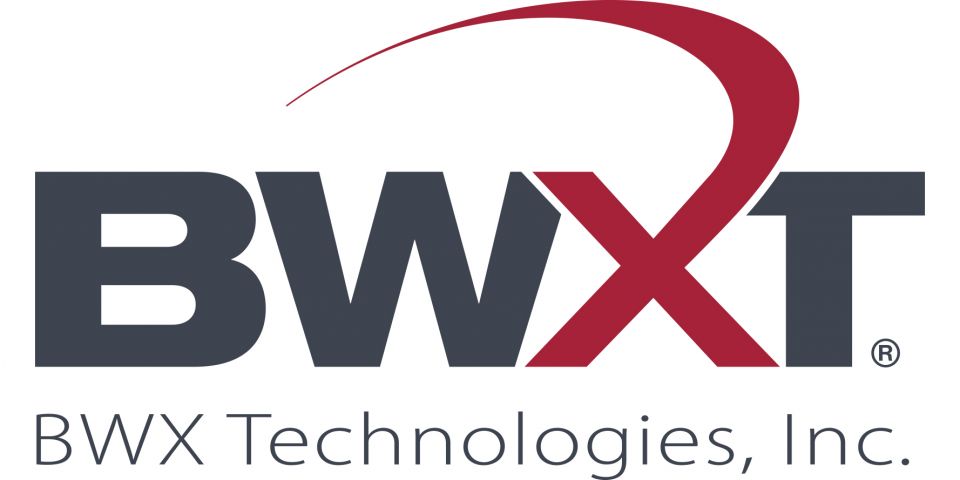Metal frameworks could capture krypton-85 during reprocessing
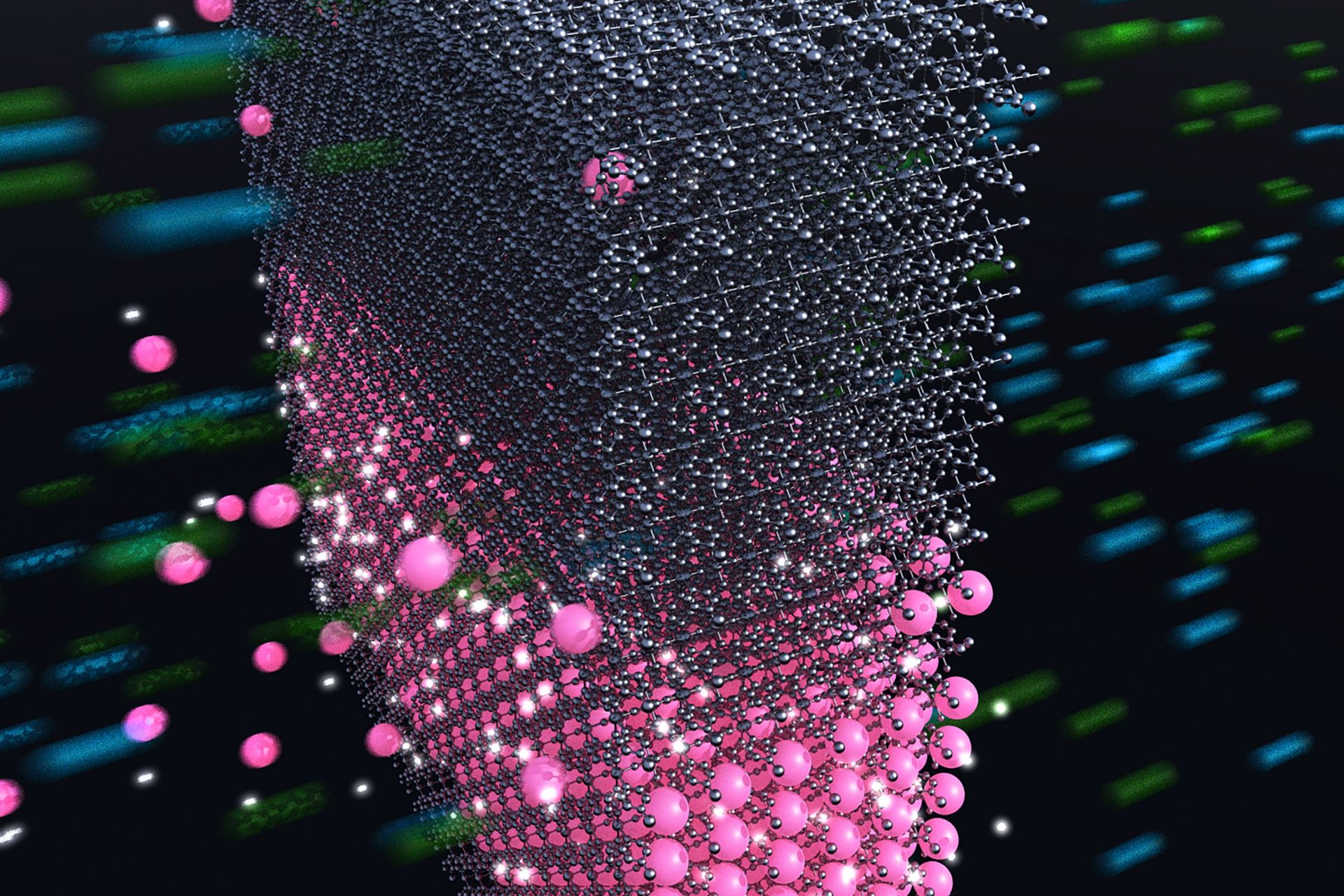
Separation of Kr-85 from spent nuclear fuel by a highly selective metal organic framework. Image: Mike Gipple/National Energy Technology Laboratory
According to a story published by the Massachusetts Institute of Technology on July 24, the capture of gaseous fission products such as krypton-85 during the reprocessing of spent nuclear fuel could be aided by the adsorption of gasses into an advanced type of soft crystalline material, metal organic frameworks(MOF), which feature high porosity and large internal surface areas that can trap an array of organic and inorganic compounds.




